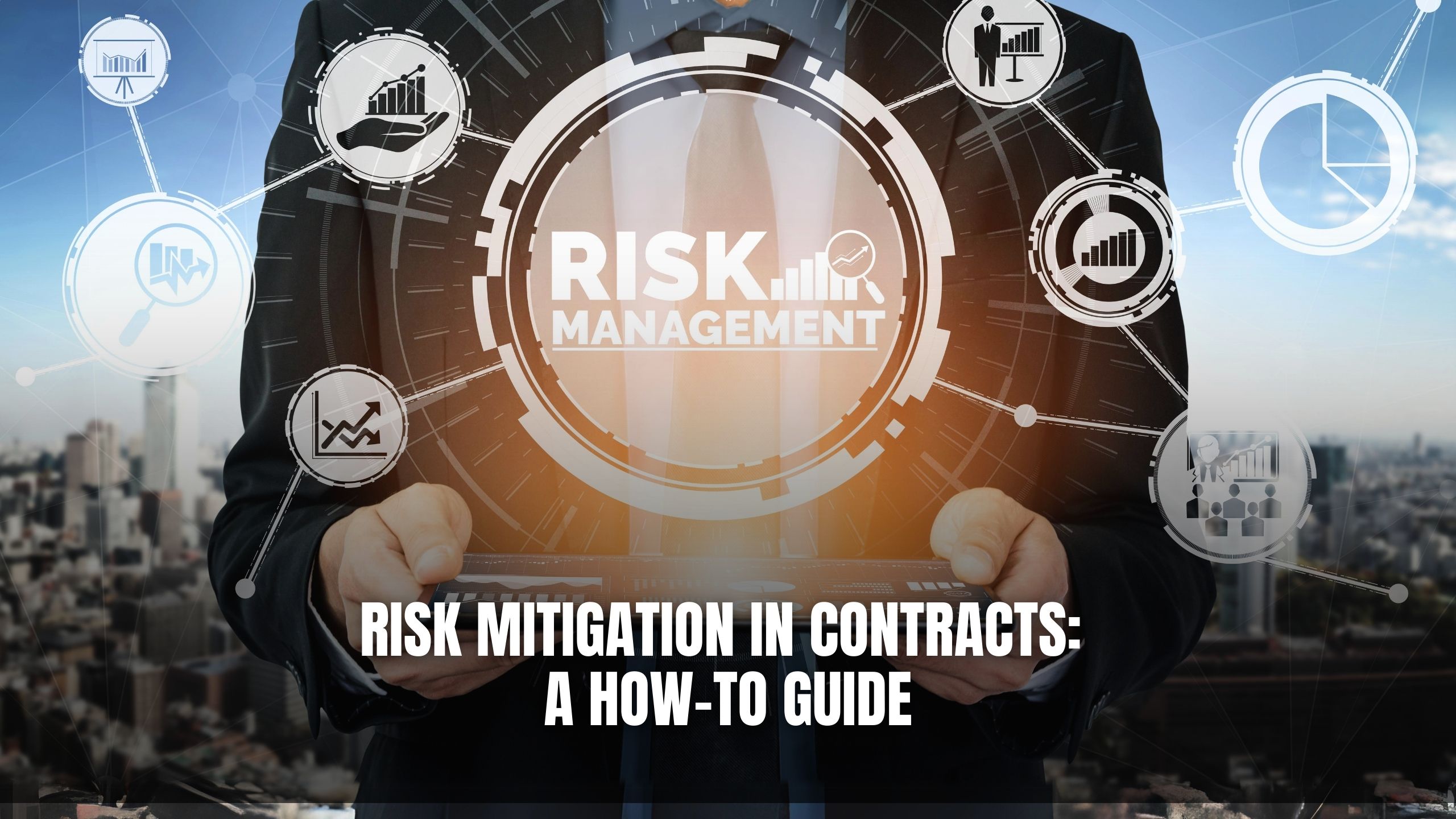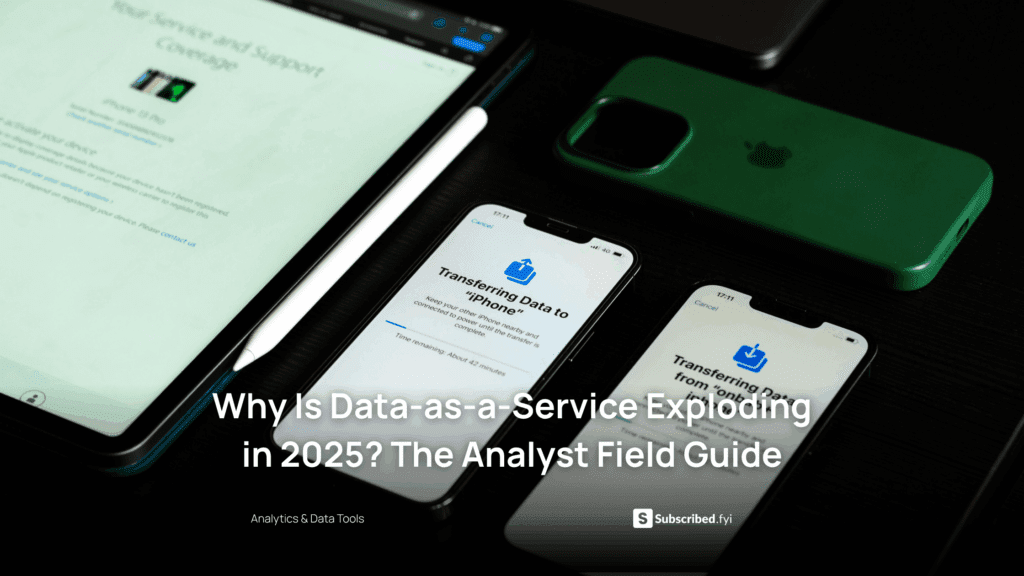Risk Mitigation in Contracts: A How-To Guide
- Expense Management Software Credit Cards Investing Business Solutions


Risk Mitigation in Contracts: A How-To Guide
Contracts serve as the backbone of business transactions, outlining the rights, responsibilities, and obligations of parties involved. However, contracts also come with inherent risks that can potentially jeopardize the interests of stakeholders. This comprehensive guide elucidates effective strategies for mitigating risks in contracts, ensuring smoother and more secure business dealings.
Understanding Contract Risks
Contracts encompass various types of risks, ranging from legal and financial to operational and reputational. Common risks include breach of contract, inadequate performance, scope creep, unforeseen circumstances, and disputes over terms and conditions. Identifying and addressing these risks proactively is paramount to safeguarding the interests of all parties involved.
Key Strategies for Risk Mitigation
1. Thorough Due Diligence
Before entering into any contract, conduct comprehensive due diligence to assess the credibility, reliability, and financial stability of the other party. Review past performance, reputation in the industry, and any potential red flags that may indicate future risks.
2. Clear and Concise Contractual Terms
Draft contracts with clear, unambiguous language that leaves little room for interpretation or misunderstanding. Clearly define rights, obligations, deliverables, timelines, and dispute resolution mechanisms to minimize the likelihood of disputes and ambiguities.
3. Incorporation of Risk Allocation Mechanisms
Include risk allocation mechanisms such as indemnification clauses, limitation of liability provisions, and insurance requirements to allocate and mitigate potential risks effectively. These mechanisms help distribute risks equitably among parties and provide recourse in the event of unforeseen circumstances.
4. Continuous Monitoring and Communication
Maintain open lines of communication with all parties throughout the contract lifecycle and monitor performance closely to identify any deviations or potential risks early on. Address issues proactively through dialogue, renegotiation, or escalation as necessary to mitigate risks and ensure compliance.
5. Regular Review and Updates
Periodically review and update contracts to reflect changes in circumstances, regulations, or business objectives. Ensure that contracts remain relevant, enforceable, and aligned with the evolving needs and priorities of the parties involved.
Relevant SaaS Products
- ContractSafe: A cloud-based contract management platform that streamlines the process of storing, organizing, and tracking contracts. With features such as automated alerts and customizable templates, ContractSafe helps mitigate risks associated with contract management.
- Ironclad: Ironclad offers a digital contracting platform that enables businesses to create, execute, and manage contracts with ease. With built-in workflows and analytics, Ironclad helps mitigate risks by ensuring compliance and transparency throughout the contract lifecycle.
- DocuSign: DocuSign is a leading e-signature solution that facilitates the electronic execution of contracts and agreements. By providing secure and legally binding digital signatures, DocuSign helps mitigate risks associated with manual contract signing processes.
- ContractWorks: ContractWorks offers an intuitive contract management software designed to centralize and organize contracts securely. With features such as OCR text search and customizable reporting, ContractWorks mitigates risks by enhancing visibility and accessibility of contract data.
- Juro: Juro is a contract collaboration platform that simplifies the contract negotiation and approval process. With features like version control and in-app commenting, Juro helps mitigate risks by facilitating clear communication and collaboration among stakeholders.
Conclusion
In conclusion, effective risk mitigation in contracts is essential for protecting the interests of all parties involved in business transactions. By implementing strategies such as thorough due diligence, clear contractual terms, risk allocation mechanisms, continuous monitoring, and regular review, businesses can minimize potential risks and ensure smoother and more secure contract management.
Unlock Secret Deals and Save Big with Subscribed.fyi!
Are you ready to streamline your contract management processes and unlock exclusive savings on essential SaaS tools? Sign up for free today at Subscribed.fyi Deals to access member-only deals on a wide range of SaaS products, including contract management solutions like ContractSafe, Ironclad, and more. Take control of contract risks and optimize your business operations with Subscribed.fyi!
Relevant Links:











